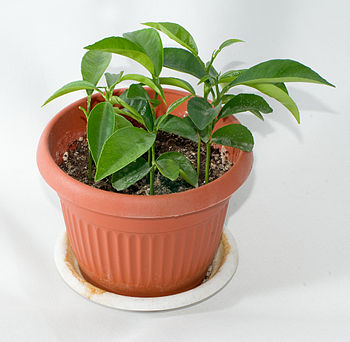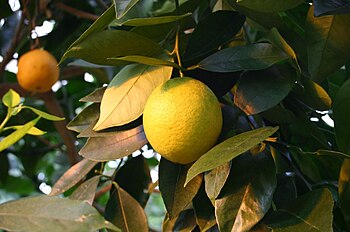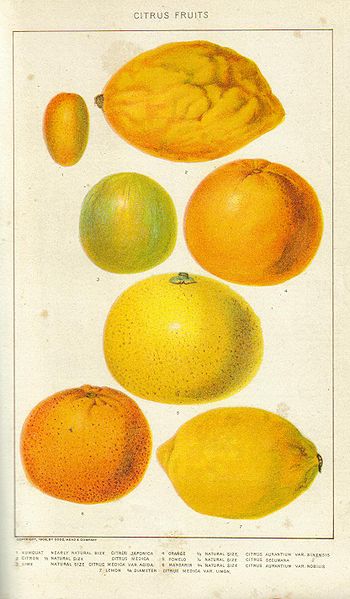Welcome to Grilling 101! Here you'll find the basics of what you will need to know to get off to a great start. Grilling is an enjoyable pastime that should end with great food. But it is important to understand the basics of your grill, how the heating works, and a few techniques to help you get the most out of your grilling experience. Let's get started so you can fire up your new grill, and impress your guests this Independence Day!
The Basics
 |
| Propane gas grill. (Photo credit: Wikipedia) |
First, many gas grills have ignition switches powered by batteries, so be sure that your batteries are good. If you press the ignition button and it doesn't click, stop. If you are smelling gas as you turn the dial, something went wrong. Again, stop. Turn off the gas and read the lighting instructions again. If you replaced the battery and the ignition still doesn't click, you need to get it fixed. Most serious grillers keep grilling matches handy just in case the ignition lighter fails. Remember to read your owner's manual to find out exactly how to light your gas grill with a match if necessary.
The next most important concept to remember is to be sure your propane tank actually has gas in it. There is a gauge on the tank structure that measures the gas in the tank. Pay attention to it. Also, you can install a special gauge to let you know how much gas is left in the tank. Invest in one of these gauges if you want a more accurate measure of when you are running low. When you are trying to get dinner on the table, it's not a good time to realize you are out of gas. Many gas grill cooking fans keep two gas tanks on hand; one on the grill and one as a backup. It's a good idea, especially if you do a lot of long cooking periods, like rotisserie cooking.
The Heat
Once you are all set and ready to go, you need to understand how your grill heats. It will likely take a few times cooking on it to understand where the hot and cold spots are on the cooking surface. Many people don't consider how important it is to place your food properly on the gas grill. But, when you learn how to use the heat effectively, your grilling enjoyment will increase tremendously.
The cooler spots, also called 'indirect' heat, are great for grilling vegetables and other side dishes, while the hot areas are best for searing or charring meats. When you make use of the different spaces on a grill's cooking area, not only do you have food that comes out perfectly, but you also have food that comes out on time. We really dislike letting food get cold while waiting on other dishes to finish cooking!
The best way to begin to get acquainted with your grill is by holding your hand over the different areas to see where it feels hottest. You can also get an infrared thermometer that will give you more exact measurements, but your hand will usually suffice. Either way, be sure you figure out where the heat is high, medium, or low. Then follow your grilling recipes to get the best results.
The Technique
When talking about grilling basics, of course we have to include steak! So, we'll start there. It is very important that your steaks be at room temperature before putting them on the grill. If the steak is cold, it will toughen up as it cooks. Now, if you ask friends about the proper grilling technique for steak, you may hear from some to “only flip once.” This is a common misunderstanding among beginning and even some intermediate level grillers. The idea of only flipping your food once really only applies if you are cooking a steak rare. Otherwise, it's difficult to do. There are two main flaws with this type of reasoning.
 |
| Steaks on a grill (Photo credit: Wikipedia) |
Now let's talk chicken. If you've been stocking up on boneless, skinless chicken breasts for grilling season, stop! The bone and skin both help keep the chicken moist and flavorful. You can always remove the skin and the bone before serving if you like. You'll save a ton of money - and your chicken will be much tastier!
With that said, perhaps you're a fan of crispy chicken skin. In that case, another technique that is often misunderstood is how to get the skin crispy without drying out the chicken. Many grillers mistakenly believe that crispy skin comes from grilling chicken at a high heat. It's exactly the opposite. Set your chicken skin side down on medium heat directly over the heat source until the skin chars nicely, then flip over and move to indirect heat, keeping the grill only on medium heat. Close the grill and let the chicken cook until it's done. This technique ensures crispy skin and chicken that is cooked through without the outside burning up. Slow cooking is the trick to perfectly juicy chicken and crispy skin.
See how easy it is to grill with just a few tips? Once you get a grilling success or two under your belt, you'll be ready to expand your repertoire. But I bet you return to these classics over and over again so you can show off your skill as a Grill Master!
Now get your grilling tongs at the ready, and prepare for some tasty grill recipes coming later this week just in time for the 4th of July!











